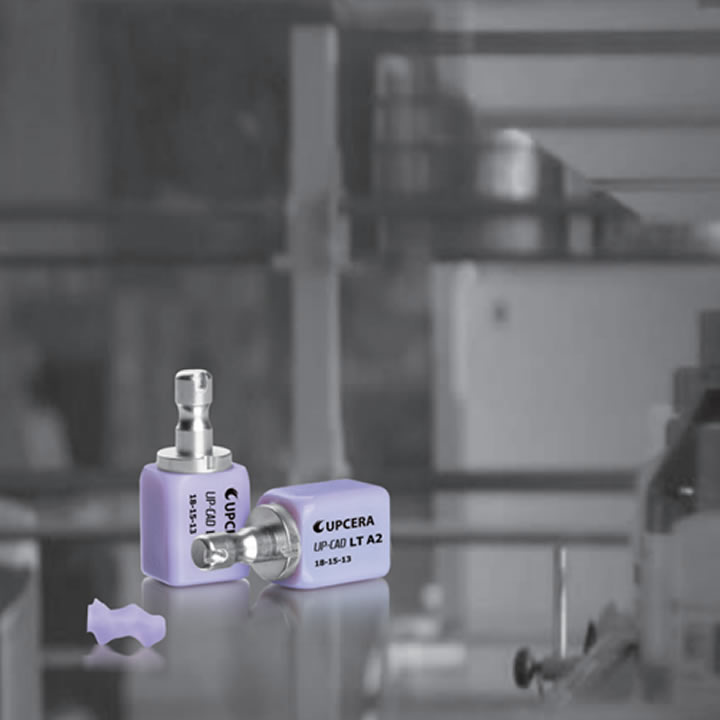The unsightly appearance of teeth stems from a wide spectrum of causes. Some of these include poor dental hygiene, smoking, genetics, drinking certain beverages, and even habits such as teeth clenching. Still, there is a viable solution to solve the problem – by doing dental veneer.
But before the treatment, you need to choose the veneer material from a puzzling list, in which lithium disilicate glass-ceramic can be found. Associating its name with fragile glass, you may wonder if it is suitable for the dental veneer.
In this post, you’re going to figure out the answer by the provided information.
Dental veneers for bright teeth
Bright, pearly white teeth don’t have to be a subject of someone’s imagination or a result of a photo editing process on different apps – a dental veneer is a practical solution for you to achieve the same bright teeth.
The dental veneer is defined as a thin shell custom-made to fit on a person’s teeth. Veneers can improve the aesthetic appearance of a person’s smile but also protect the surface of the teeth from damage.
The most commonly used materials for this purpose are:
- Resin veneer – a composite translucent resin material applied directly to a person’s teeth.
- Porcelain veneer – a thin layer of porcelain material that a dentist adheres to the surface of a patient’s teeth.
Can lithium disilicate glass-ceramic work for dental veneers?
If you have never used lithium disilicate glass-ceramic for dental veneers, you’re probably wondering whether this material works anyway. The answer is positive, and it’s all thanks to several advantages that glass-ceramic offers. These include:
Transparency: The degree of transparency is vital for the natural-looking results of dental veneers. Some materials give a very unnatural appearance to your teeth. A good thing to know is that lithium disilicate glass-ceramic has optimal transparency that ensures natural results and a perfect smile.
Harmonious color with real teeth: The lithium disilicate glass-ceramic is one of the most versatile materials in terms of shades it offers – therefore, it got an accurate description as “the material with chameleon effect”.
This veneer material has harmonious color meaning the veneers will match your other teeth perfectly, which is a piece of good news for the people whose veneers shade doesn’t match with other teeth.
High edge adhesion: Weak bonds cost time and money because a patient needs to get the new veneer and repeat the whole process. Lithium disilicate glass-ceramic has high edge adhesion to create strong bonds for long-lasting results.
Step-by-step procedure of dental veneer
Dental veneers require a lot of work, but the procedure itself is simple and straightforward. Below, you can see how it works one step at a time:
- Diagnosis – the dentist takes intraoral scans and dental X-rays to perform a complete examination to ensure a patient is eligible for dental veneers. For example, people who have bad habits of breathing through the mouth or bruxism may be advised not to do the veneer.
- Teeth grinding – the enamel of the front side of the teeth is trimmed back to the same thickness as the veneer that will be placed eventually. A patient gets a local anesthetic that numbs the area to reduce discomfort.
- Model making – the mold of the teeth is created with data collected in the first step by the intraoral scan.
- Thorough cleaning/polishing, and etching – before the veneers are placed, the dentist needs to perform cleaning and polishing, and then the teeth are etched.
- Placement – using veneer material, the dentist creates the veneers that are in the same shape and size and natural teeth they had. Then, the veneers are placed into their position, which comes before the dentist applies a layer of cement to create the actual bond with the etched teeth enamel’s surface.
- Adjustment – after wearing the veneer for some time, there will be a second diagnosis in which the dentist will adjust the occlusal relationship of your teeth to make the veneer last longer.
Where to find the best glass-ceramic
Since lithium disilicate glass-ceramic is a useful material for dental veneers, it’s impossible not to wonder where to find the top quality. One of the best options on the market is Upcera’s UP.CAD.
In a nutshell, UP.CAD is the lithium disilicate block known for stable and durable aesthetics. With a strength of ≥400 MPa, this lithium disilicate glass-ceramic block is a wonderful option for dental restorations that require strong material.
Other important advantages of this glass-ceramic are high precision and accuracy, durability, and translucency. Ideal for chairside restorations, the glass-ceramic from Upcera improves both efficiency and productivity.
Indications of this material are numerous. You can use it for inlays, onlays, veneers, and crowns.
Conclusion
Lithium disilicate glass-ceramic is a viable solution for dental veneers. When choosing the dental materials supplier, you are recommended to take Upcera into consideration.
This company is one of the most reliable brands and provides high-quality material that yields natural, durable, and strong results, bringing a picture-perfect smile to everyone in the world.

